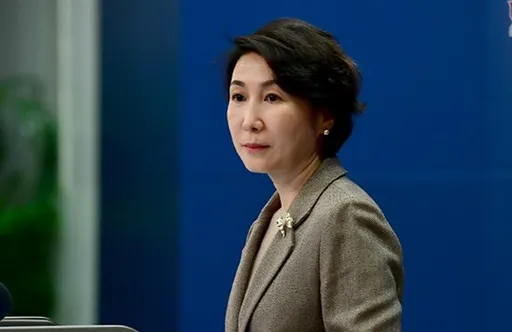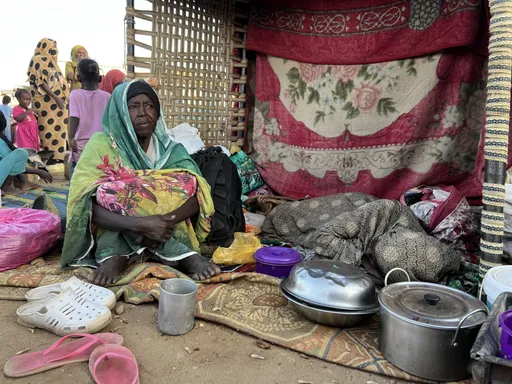By Esther Nakkazi
In April 2004, a Ugandan man became the first HIV-positive person in the world to receive a lifesaving drug under a pioneering US programme touted as the world’s largest provider of AIDS-fighting medicine.
Nearly two decades on, the man – now 53 years – is living a healthy life thanks to the anti-retroviral therapy (ART) pioneered under the US President’s Emergency Plan for AIDS Relief (PEPFAR), launched in 2003 during the tenure of former President George W. Bush.
Between 2004-2022, PEPFAR prevented nearly 600,000 HIV-related deaths and 500,000 infections, including 230,000 infections among HIV-exposed infants in Uganda, said Emilio Dirlikov, an epidemiologist with the Centers for Disease Control and Prevention (CDC), Uganda Country Office.
Today, PEPFAR supports life-saving anti-retroviral treatment for over 20 million adults and children in Africa and beyond.
Globally, PEPFAR has reversed the course of HIV/AIDS epidemics in high disease burden countries – saving 25 million lives.
Uganda's five-point plan
An estimated 5.5 million babies have been born HIV-free and about a million people have received the HIV prevention pre-exposure prophylaxis intervention.
The PEPFAR programme has also built public health infrastructure, which partner countries are leveraging to support responses to Covid-19, Ebola, and other emerging infectious diseases.
In Uganda, the battle against HIV/AIDS took off in March 2017 when President Yoweri Museveni launched a Presidential Handbook to fasttrack initiatives in the fight against the disease.
He introduced a 5-point Plan, which summarised his guidance on what ought to be done to re-invigorate the HIV response and successfully lead the country to the goal of ending the AIDS Epidemic as a Public health threat by 2030.
Second chance utilised
“The diagnostic network optimisation has become more efficient and effective over time. It can also be utilised for outbreaks and other investigations,” said Mary Borgman, the PEPFAR Uganda Country Coordinator.
“The PEPFAR platform is designed to be leveraged for other diseases, where you may see that break is that PEPFAR does not buy the commodities for other diseases necessarily, unless it is closely linked to HIV, such as TB treatment as well as prevention cervical cancer screening, that type of service,” she explained.
After twenty years, PEPFAR has shifted away from international partners and shifted funding from US-based entities to local partner organisations, including Uganda-based public sector organisations, like regional referral hospitals.
The Ugandan man who got a second chance through PEPFAR, meanwhile, is a volunteer at the clinic in Entebbe where was diagnosed with HIV. Life has come full circle for him.




















